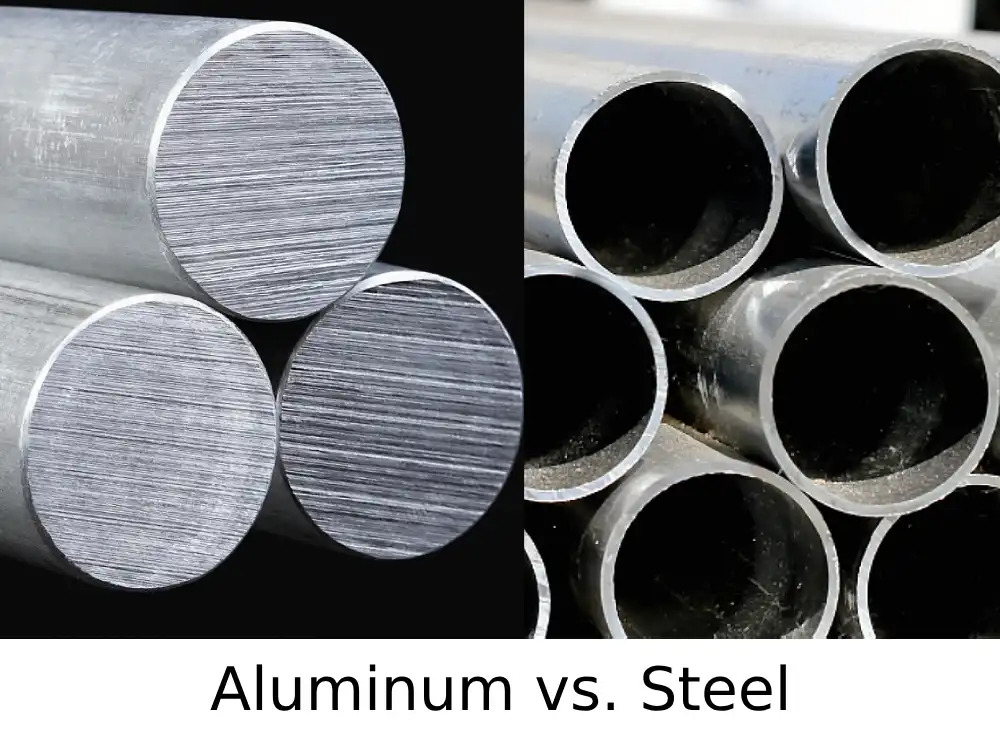In relation to the age-old debate of metal versus aluminum, the query of which materials is really cheaper entails many components price analyzing fastidiously. Most development initiatives require cautious materials choice, and plenty of property homeowners discover themselves consulting with devoted metallic roofers to find out probably the most cost-effective choices for his or her particular wants. Manufacturing strategies, uncooked materials prices, and market calls for all affect the general worth proposition of those metals. Whereas preliminary worth comparisons would possibly recommend an apparent alternative, a deeper examination of long-term effectivity reveals nuances that might considerably affect your decision-making course of.
Manufacturing Strategies Impacting Prices
Manufacturing strategies play an important position in figuring out the ultimate costs of metal and aluminum. Metal manufacturing entails changing iron ore into molten metal by means of both the essential oxygen furnace (BOF) or electrical arc furnace (EAF) methodology. The BOF method excels at effectively producing giant portions, making it cost-effective for mass manufacturing. Aluminum, nevertheless, depends totally on the Corridor-Héroult course of, which makes use of electrolysis of alumina and requires vital electrical energy, driving up manufacturing prices. These elementary variations in manufacturing methods create the muse for the value hole between these two metals.
Uncooked Materials Value Components
Varied uncooked materials components closely affect the fee variations between metal and aluminum. Metal’s essential ingredient, iron ore, usually prices lower than aluminum’s major uncooked materials, bauxite. Iron ore extraction and processing are typically extra economical because of considerable international reserves and environment friendly mining strategies. Bauxite extraction entails extra advanced procedures and calls for substantial power inputs, affecting aluminum’s total price. Moreover, the energy-intensive electrolysis wanted to extract aluminum from bauxite considerably impacts the ultimate worth. These uncooked materials issues contribute considerably to the value variations between metal and aluminum in present markets.
Market Demand and Pricing
Market demand and pricing evaluation gives key insights into the comparative price dynamics of metal and aluminum. Present demand patterns considerably have an effect on metallic pricing throughout industries. Worth fluctuations, pushed by sectors like automotive, development, and aerospace, immediately affect metal and aluminum prices. World financial circumstances and commerce insurance policies can even create worth volatility. Metal, with its greater demand in development and infrastructure initiatives, experiences worth variations completely different from aluminum, which dominates in automotive and aerospace functions. Understanding these demand shifts and their pricing results helps companies make knowledgeable materials choice selections in as we speak’s altering market.
Evaluating Lengthy-Time period Value Effectivity
When evaluating the long-term price effectivity of metal versus aluminum, a number of components emerge past preliminary buy worth. Although aluminum typically has decrease upfront prices, metal’s sturdiness and diminished upkeep necessities usually end in higher long-term worth. Metal’s superior energy and corrosion resistance make it dependable for constructions needing longevity with minimal maintenance. Moreover, metal’s recyclability enhances its price effectivity over time whereas supporting sustainable practices. Analyzing components like lifespan, upkeep bills, and total sturdiness reveals metal because the more cost effective possibility for a lot of industrial functions. These long-term issues assist decision-makers steadiness instant prices with future financial savings.
Concerns for Your Challenge
When selecting between metal and aluminum in your venture, a number of key components deserve cautious evaluation:
- Structural Integrity: Consider your load-bearing necessities, as metal usually gives higher energy than aluminum, making it higher fitted to heavy-duty functions.
- Environmental Circumstances: Assess publicity to parts like moisture and salt, since aluminum gives higher pure corrosion resistance than untreated metal, making it preferrred for coastal or humid environments.
- Funds Concerns: Evaluate preliminary prices towards long-term upkeep bills, as metal could require greater upfront funding however might show extra economical over time because of its sturdiness and minimal upkeep wants.
Different Associated Posts:

